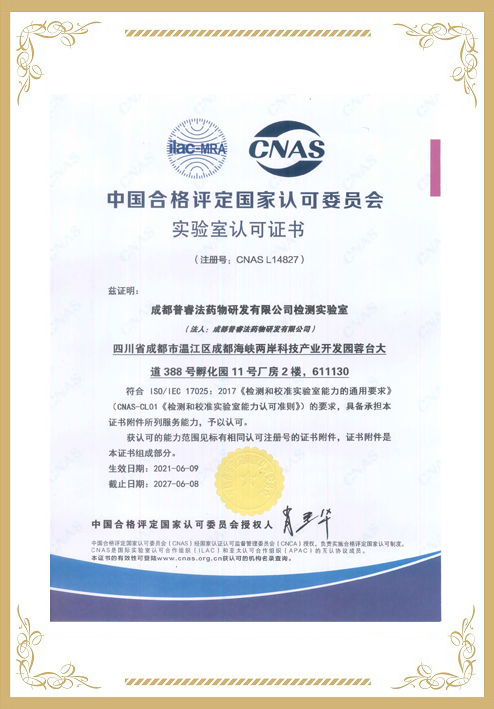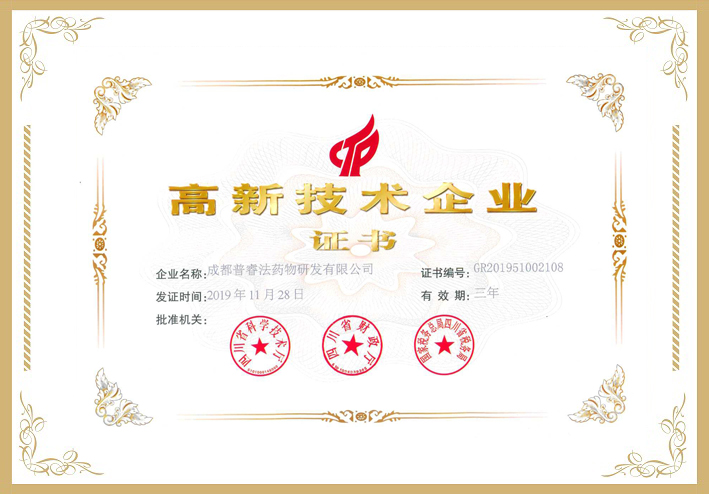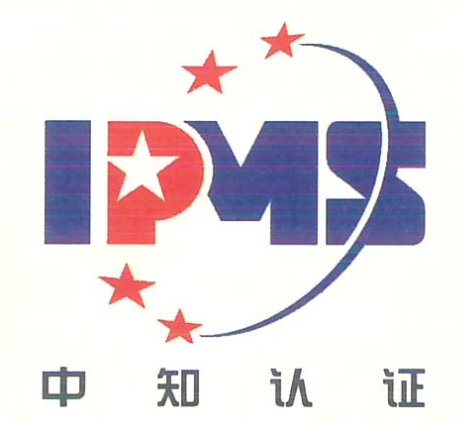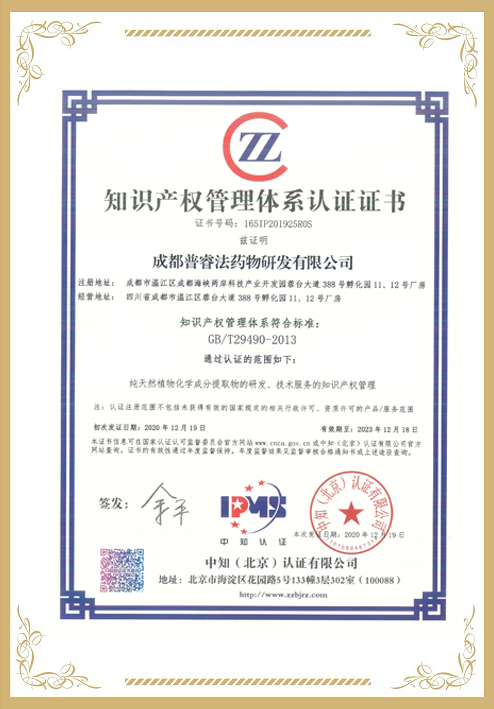Curcumae Rhizoma (Ezhu), a multi-origin Chinese medicine, originates from the dry rhizomes of C. kwangsiensis, C. phaeocaulis and C. wenyujin. The three species have great variation in chemical components and therapeutic effects. To improve safety and effectiveness in clinical use, a strategy integrating chromatographic analysis and chemometrics for the species authentication of Ezhu was proposed. Firstly, systematic analysis of chemical compositions in Ezhu was achieved using high performance liquid chromatography (HPLC) fingerprint and headspace gas chromatography-mass spectrometry (HS-GC–MS). HPLC fingerprints showed that seventeen peaks in common for C. kwangsiensis and eleven peaks in common for C. wenyujin both presented a good similarity (> 0.9, only several samples < 0.8). Eleven common peaks in C. phaeocaulis and the similarity values of most samples were higher than 0.700. Additionally, there were ten common peaks in all Ezhu samples and they had relatively poor similarity with the correlation coefficients ranging from 0.364 to 0.881. For HS-GC–MS, thirty-six volatile components were identified in the three species of Ezhu, mainly monoterpenes and sesquiterpenes. Subsequently, chemometrics including unsupervised principal component analysis (PCA), supervised linear discriminant analysis (LDA), K-nearest neighbors (KNN), back propagation neural network (BP-NN) and orthogonal partial least squares-discrimination analysis (OPLS-DA) was applied to extract useful information from chromatographic profiles. Based on HPLC fingerprint data, PCA could hardly differentiate Ezhu with the three species, and LDA, KNN and BP-NN models provided more than 85 % correct identification. With HS-GC–MS data, PCA could only distinguish C. wenyujin from the other two species, and LDA, KNN, BP-NN and OPLS-DA models achieved excellent classification with 100 % accuracy. Finally, five volatile components (eucalyptol, humulene, β-elemene, (+)-2-bornanone and linalool) with variable importance for the projection (VIP) values higher than 1 in the OPLS-DA model were selected as potential chemical markers for the species authentication of Ezhu. And the constructed OPLS-DA model using these markers obtained 100 % accuracy. Consequently, a rapid, precise and feasible strategy was established for the discrimination and quality control of Ezhu with different species.























